Nobody thought Edward Hughes was a successful student. He was used to getting C’s and B’s in school, and his test scores were not exactly stellar. When he turned sixteen and took his high school preliminary standardized test, he scored below average. Imagine everyone’s surprise when Edward announced in his junior year that he wanted to go to Cambridge, one of the most prestigious universities in the world. To qualify, Edward would need to get one of the highest scores on his final exams… Not likely.
You see, the teachers at Edward’s school did not have a “growth mindset.” If they did, they would believe that any student can learn and improve, despite their lackluster grades and test scores, as long as they find the right learning approach. It is common in our current education system to assume that kids are limited by the talents they show early on. People who have a “fixed mindset” will say things like, “Oh, I’m just not good at math,” or “Edward doesn’t do well on tests—he’ll never get into Cambridge.”
The only person who took Edward seriously was his father. He knew Edward was a very bright kid, but suspected that something wasn’t clicking in the way he was processing information. Edward was willing to work hard and study, so it didn’t make sense that he wasn’t doing well when it came time to test what he’d learned in class or done as homework. His dad had a growth mindset and wasn’t ready to give up, so he bought Edward a book about the brain and different learning styles, to see if changing Edward’s approach to learning would make a difference.
As you might already know, there are differences between the left and right side of the brain—we need both, obviously, but we use the two sides for different tasks. The “left brain” deals with facts and the “right brain” deals with creativity. And the sides are not necessarily equal in everyone you meet. Every individual is unique, so one student might process information more easily if it’s designed for the left side of the brain (logic, math), while another student might be right-brained and excel at art or music.
The only person who took Edward seriously was his father. He knew Edward was a very bright kid, but suspected that something wasn’t clicking in the way he was processing information.
Despite these differences, schools rarely customize the teaching experience to honor ways in which kids learn. The average teacher isn’t empowered to develop multiple approaches to getting information across to their students. If there are 35 kids in a class, they all receive the same homework assignment (e.g. “Read pages 17 to 34 and be ready for a quiz on Friday”), with the same approach to completing that assignment (“Memorize the dates and study the vocabulary.”) It might be obvious to the left-brained student how to study for that quiz effectively: write out the vocabulary and make a list of dates, and review them until they’re memorized. It’s linear and logical—and it’s the common way we’re taught to study. But it turns out Edward was right-brained. He could review a list of dates all night long, but that wouldn’t make a difference in his test scores. What he needed was a more creative approach to learning, and his school wasn’t providing that.
Our schools are streamlined for the left side of the brain, and our teachers don’t have the resources to nurture individual students through a growth mindset.
The most heartbreaking part of Edward’s story happened when he approached his teachers for letters of recommendation (so that the entrance exam fee could be waived). He was told by teacher after teacher that he was a “B/C” student, and that they only wrote reference letters for “A” students.
But before we think to blame the teachers for crushing Edward’s dreams with their left brains and fixed mindsets, we have to understand that their close-minded attitude is just the byproduct of a systemic issue: Our schools are streamlined for the left side of the brain, and our teachers don’t have the resources to nurture individual students through a growth mindset. The education system needs to be re-imagined. It would be exciting to watch an empowered teacher create an innovative approach to reaching the right-brained students in the class. Who knows what that could look like: studying through art, memorization through music, comprehension through physical motion. Inclusivity of each and every kid in this way lends itself to the talents of the individual, allowing everyone to find their own path and reach their full potential.
Luckily for Edward, his story has a happy ending. He read the book his father gave him and applied the suggested right-brain techniques. After paying for his own entrance tests, he began to study by drawing “picture notes,” something he’d never tried before. He applied this new approach to every subject, including History, Science and Economics. He got top scores in every test. Not only did Edward Hughes go to Cambridge, but he graduated in three years.
Edward was fortunate that he (and his dad) had a growth mindset, believing that it was possible to learn in a way that was unique to him. Not every kid has the kind of support that encourages them to become lifelong learners, and this story could have just as easily ended with another student falling through the cracks.
Nobody thought Edward was a successful student—until he was!
